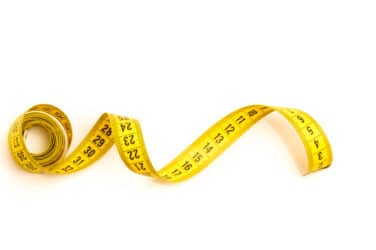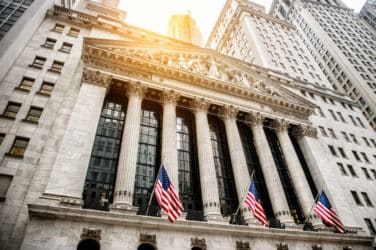(This article originally appeared on SNL.com)
Reducing the access fees counterparties pay to trade cash equities, commonly called the maker-taker fee system, would benefit market quality, Nasdaq Inc. CEO Robert Greifeld said during a conference call to discuss second-quarter earnings.
Greifeld’s comments contrasted with earlier statements made by other executives from Nasdaq and Intercontinental Exchange Inc.‘s NYSE. At an April meeting of the SEC’s Equity Market Structure Advisory Committee, the subcommittee proposing the changes, NYSE Group President Tom Farley said the current system works well and does not need overhauling, while Nasdaq Deputy General Counsel Jeffrey Davis said the existing structure “already appears to serve issuers extremely well,” Bloomberg reported at the time.
During a first-quarter earnings call, Greifeld criticized the sub-committee’s makeup for not including representation from either major exchange group.
Under the maker-taker model, firms that post orders, or “make” liquidity for a stock, are charged an access fee. The makers then receive a rebate for most of their fee, which proponents of the structure say incentivizes the creation of liquidity and improves market quality.
When the model was created under Regulation NMS in 2005, the cap on that access fee was set at 30 cents per 100 shares. Maker rebates typically run between 20 cents and 29 cents per 100 shares; the spread between the fee and rebate is the revenue an exchange or venue collects for running the transaction.
The SEC sub-committee’s initial access fee pilot program would test the effects of a range of smaller access fee caps: 20, 10 and 2 cents per 100 shares.
“When the 30 cents was pegged as the limit for access fees, that may or may not have been the right number at that point in time, but it cannot be the right number a decade later,” Greifeld said during the call. “To the extent that we shrink the access fee, and the maker rebate declines, I think that could be a good thing for the market.”
Nasdaq conducted a lower-fee trial in 2015 that used a fee of 5 cents and rebate of 4 cents per 100 trades, which maintained its usual 1-cent spread. Researchconducted by trading firm Investment Technology Group Inc. found that the lower fee-rebate structure lowered Nasdaq’s market share of equities trades but raised liquidity across the market. Lower initial fees appeared to encourage broker/dealers to post more orders.
“We fully support what hopefully will happen in a faster pace with the commission,” Greifeld said. “If the market quality is better, then an organization like Nasdaq is better served.”




